
While land funds in Ho Chi Minh City are increasingly scarce and housing prices are skyrocketing, Binh Duong and Ba Ria - Vung Tau own large areas of land with untapped potential - Photo: NGOC HIEN
Talking to Tuoi Tre Online , Mr. Dinh Minh Tuan - Southern region director of Batdongsan.com.vn (member of Property Guru Group) - said that Ho Chi Minh City's urban expansion, merging with Binh Duong and Ba Ria - Vung Tau, has been the solution to the land fund problem, opening up the way for affordable housing development, helping young families have more opportunities to settle down.
Expanding land fund, creating new development space
According to Mr. Tuan, the formation of inter-regional megacities and multi-center planning has created a larger urban space in Ho Chi Minh City, both in terms of area and population. From being concentrated entirely in the central area and the peripheral districts, the market has now shifted to satellite cities, riverside and coastal corridors, and the connecting areas of Binh Duong and Ba Ria - Vung Tau.
Areas such as Binh Chanh, Hoc Mon, Nha Be, Cu Chi and adjacent satellite cities such as Di An, Thuan An (formerly Binh Duong) and Phu My (formerly Ba Ria - Vung Tau) will be the "golden land belt" for the development of the affordable housing segment.
According to Mr. Tuan, the common point of these areas is the large land fund with land prices 3 to 6 times lower than the central area, and at the same time, they are within the direct influence of key infrastructure projects such as the fast connection axis: Ho Chi Minh City - Moc Bai Expressway, Ho Chi Minh City - Long Thanh - Dau Giay expansion, Ho Chi Minh City - Chon Thanh or belt routes 3, 4, metro lines 2, 3A, 4B, 5, 6 and railway lines connecting Cai Mep - Thi Vai port.
In addition, these areas are also adjacent to port and industrial corridors, specifically along the axes to the east, south (Phu My, Cai Mep) and north, northeast (Binh Duong, Dong Nai ) with many industrial and logistics clusters, creating a large amount of real demand for workers, engineers, experts...
Mr. Tuan said that the trend of population moving to the suburbs will be the main trend because the real estate prices in the center of Ho Chi Minh City are constantly reaching new peaks, combined with improved traffic connections, causing the wave of population moving to the suburbs to accelerate.
"This is the target customer group for affordable housing, with reasonable price criteria, convenient transportation, and full basic amenities," said Mr. Tuan.
Opportunities for affordable housing segment
Mr. Dinh Minh Tuan said that the merger into a megacity will create a strong inter-regional momentum, both increasing the attraction of domestic and foreign investment and helping to unify planning and optimize management. This is the basis for quickly implementing strategic infrastructure projects such as highways, metro, and expanding arterial roads, thereby promoting connectivity and circulation of goods and services throughout the region.
According to Mr. Tuan, this is an opportunity for real estate project developers because if they know how to exploit land funds and infrastructure connections well, large-scale projects (metropolitan areas of 50 to 200 hectares) can both create community value and maintain profit margins by optimizing construction costs and taking advantage of new public infrastructure (metro, highways).
In addition, the development trend with an urban area model that integrates full facilities (schools, healthcare, commerce, parks) will be a "plus point" to attract residents, while ensuring a faster filling rate compared to small projects.
This creates opportunities for buyers to have more choices in price and location, reducing the pressure to "have to buy" in the central area.
"Suburban areas and satellite cities not only have large land funds and affordable prices, but also benefit from modern transport infrastructure, creating an attractive option for people looking for a place to live at an affordable price. Even for investors, the affordable segment in the suburbs has more stable price growth potential than the super luxury segment, with less risk of price "bubbles", Mr. Tuan commented.
Redrawing the real estate "map" of Ho Chi Minh City

Perspective of the International Financial Center in Thu Thiem area - Photo: HUU HANH
According to Mr. Tuan, 2025 can be considered a turning point year for the real estate market in Ho Chi Minh City when three historic decisions took place in just a few months: the establishment of the International Financial Center in Vietnam (expected to be headquartered in Thu Thiem), the approval of the 2040 planning with a vision to 2060, and the merger with Binh Duong and Ba Ria - Vung Tau with Ho Chi Minh City to form an inter-regional megacity.
Mr. Tuan said that these three decisions not only change the urban development landscape, but also redraw the real estate map of Ho Chi Minh City for at least the next 20 years. However, Mr. Tuan also warned of risks when land prices and apartment prices in "hot spots" areas could be pushed far beyond their real value, especially in Thu Thiem and major infrastructure axes. If policy infrastructure and real demand cannot keep up, there could be a situation of "hot increase - deep decrease".
In addition, the satellite market benefits but residential occupancy depends on the ability to create residential communities, shift in amenities and attract investment to create jobs.
Source: https://tuoitre.vn/mo-rong-khong-gian-do-thi-tp-hcm-co-hoi-nha-o-vua-tui-tien-cho-nguoi-dan-20250813110352501.htm






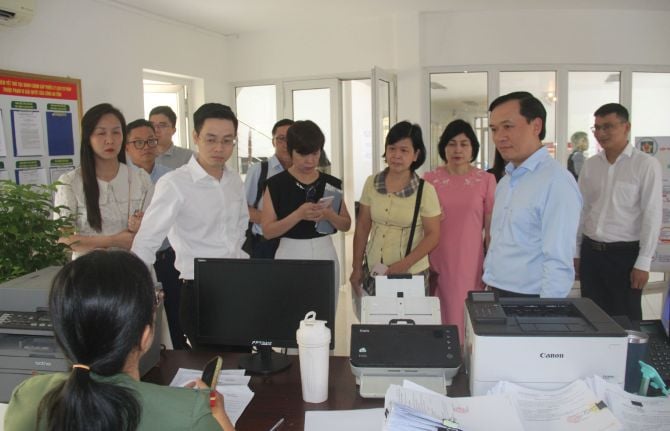


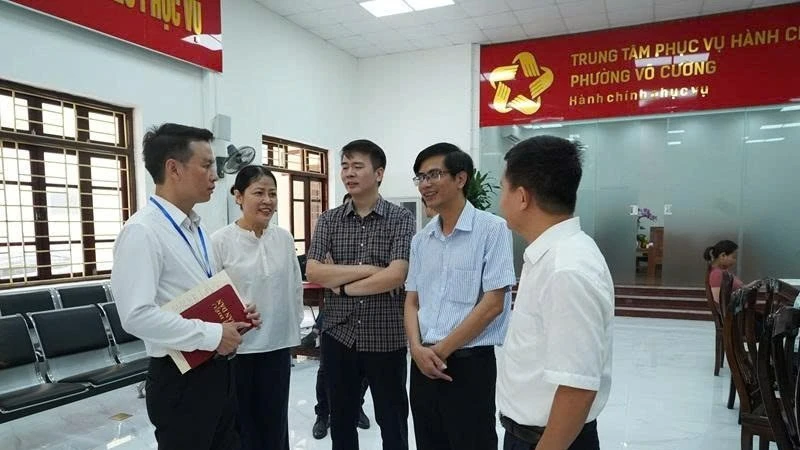

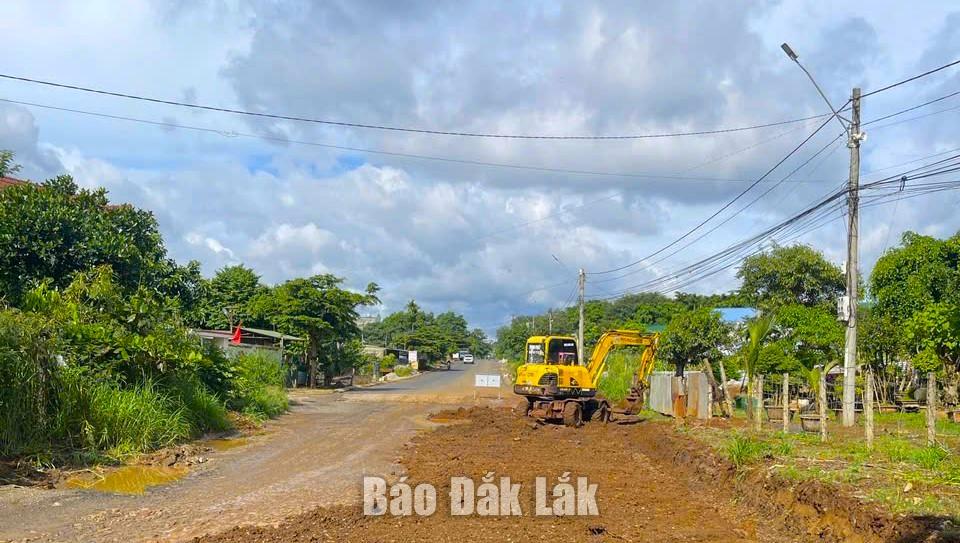











![[Photo] Politburo works with Standing Committees of Lang Son and Bac Ninh Provincial Party Committees](https://vstatic.vietnam.vn/vietnam/resource/IMAGE/2025/8/20/0666629afb39421d8e1bd8922a0537e6)



![[Photo] An Phu intersection project connecting Ho Chi Minh City-Long Thanh-Dau Giay expressway behind schedule](https://vstatic.vietnam.vn/vietnam/resource/IMAGE/2025/8/21/1ad80e9dd8944150bb72e6c49ecc7e08)

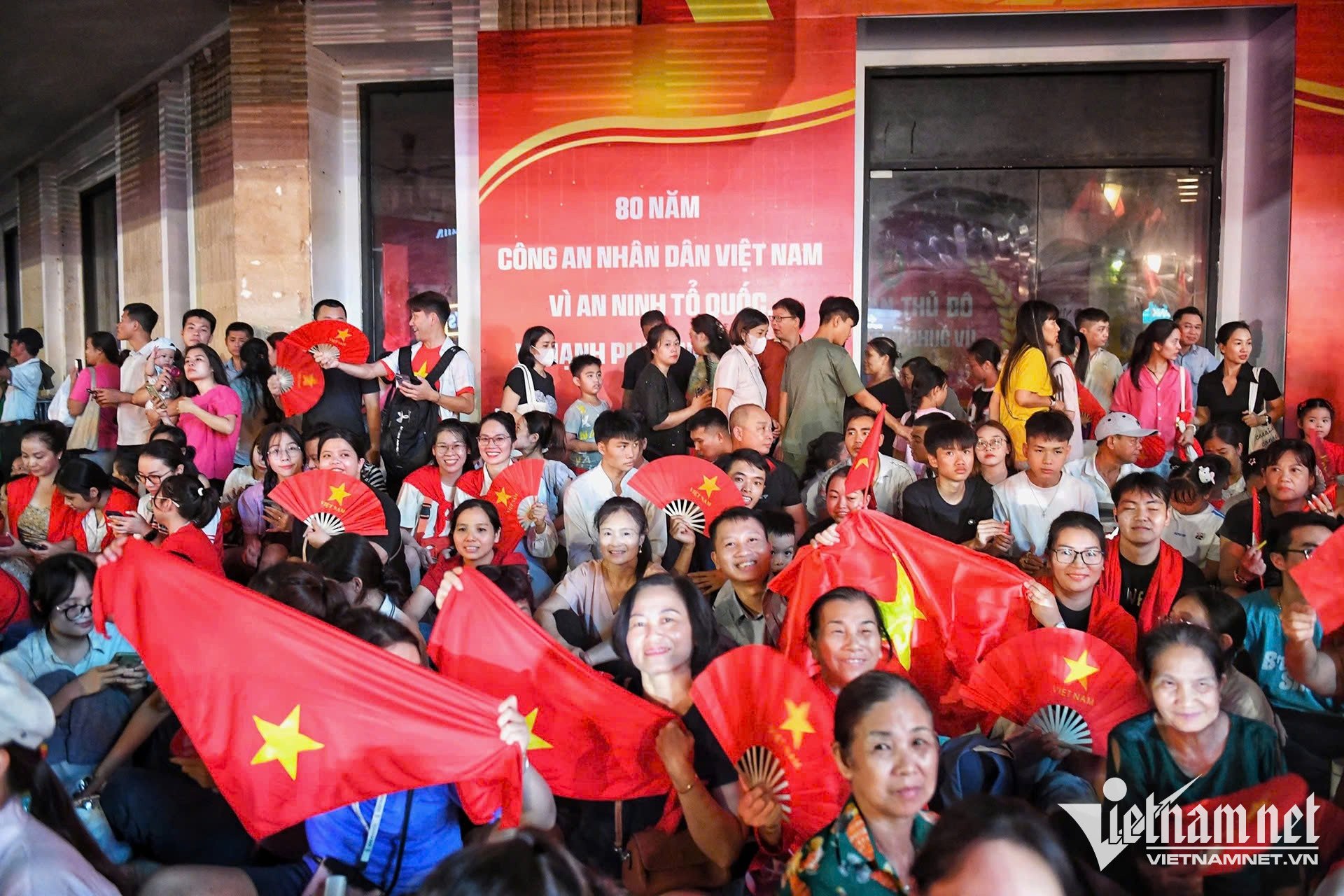






























![[Photo] Politburo works with the Standing Committee of Hanoi Party Committee and Ho Chi Minh City Party Committee](https://vstatic.vietnam.vn/vietnam/resource/IMAGE/2025/8/21/4f3460337a6045e7847d50d38704355d)


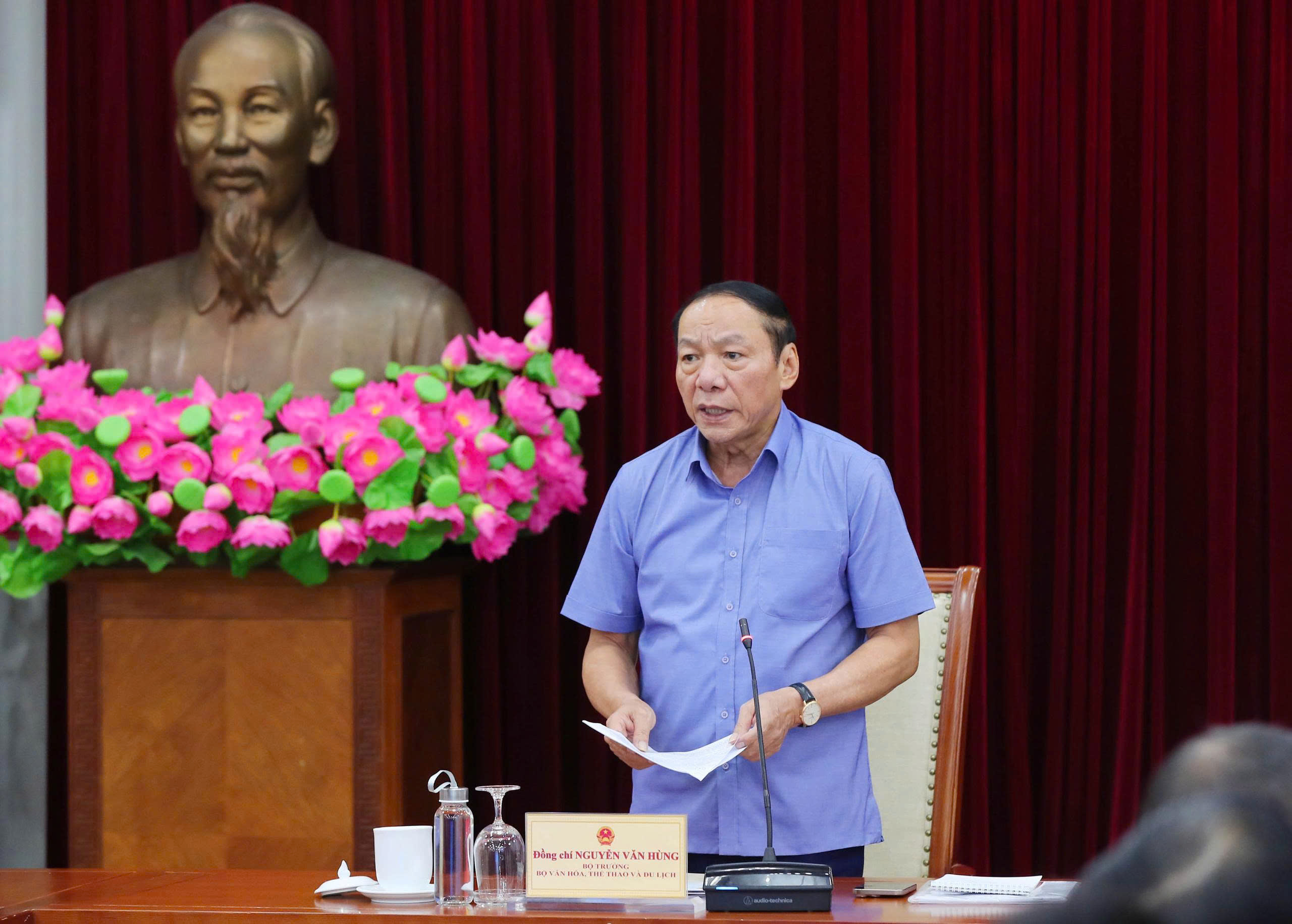

































Comment (0)